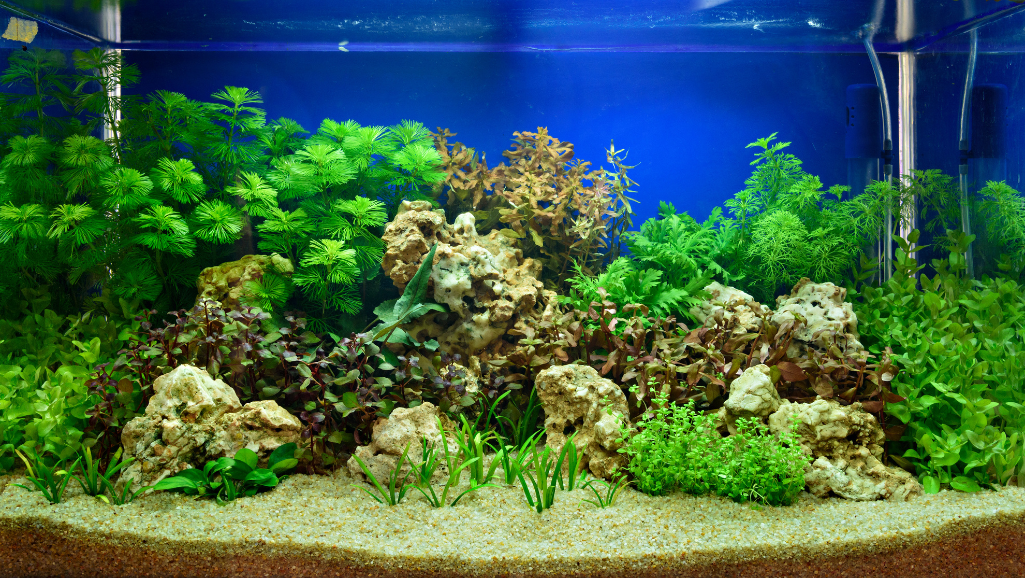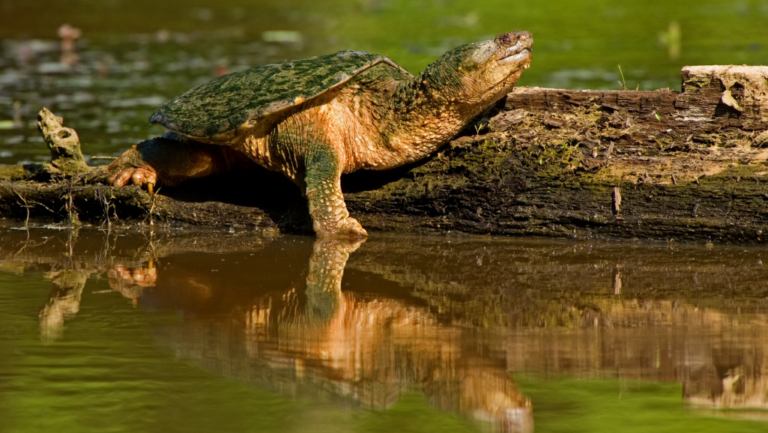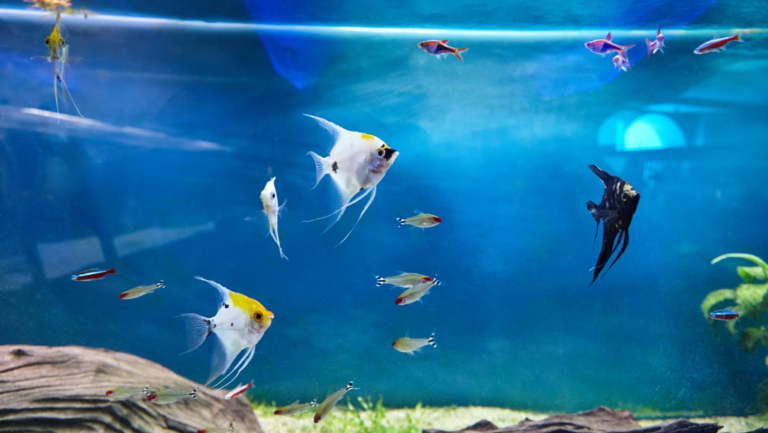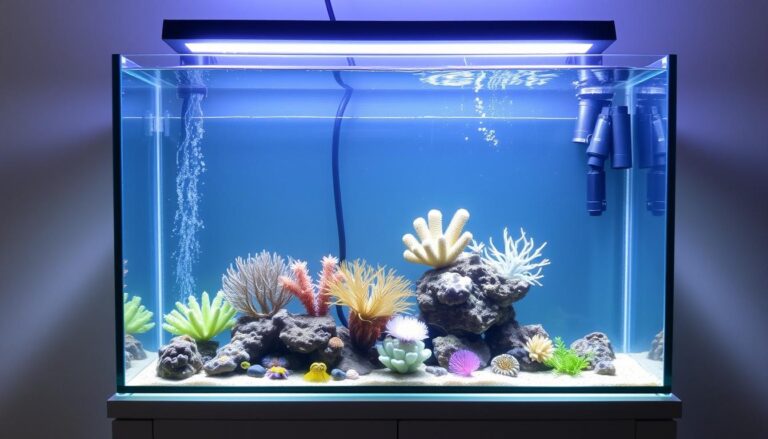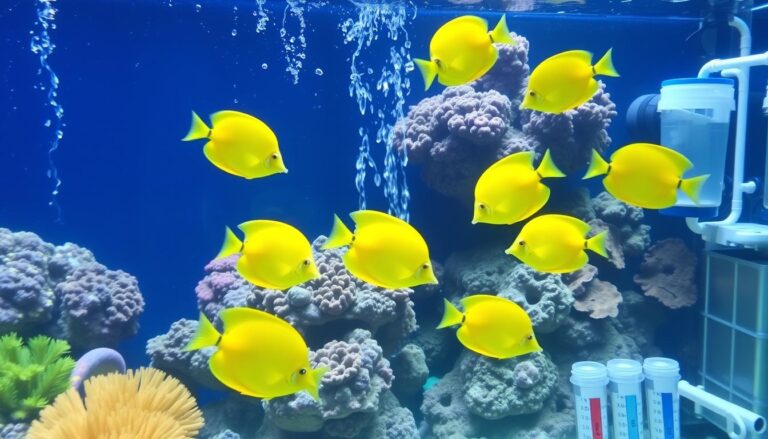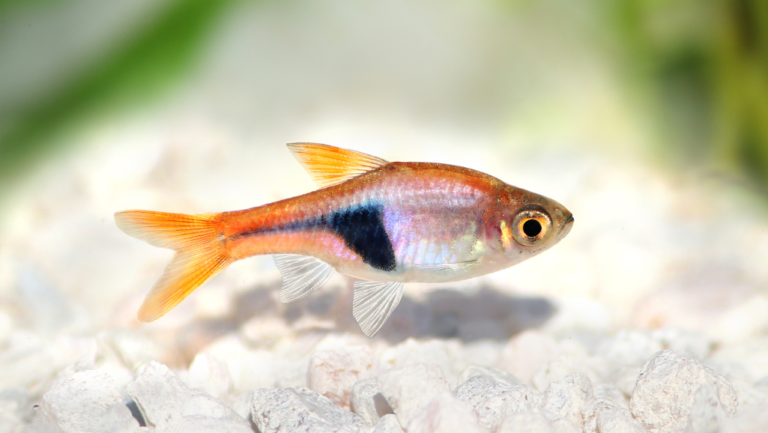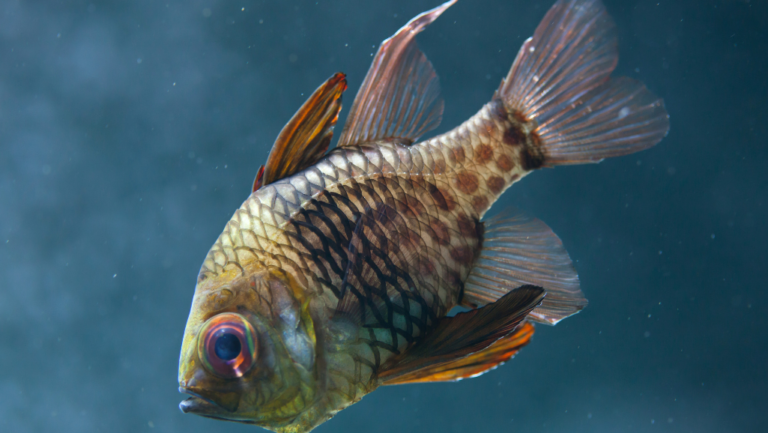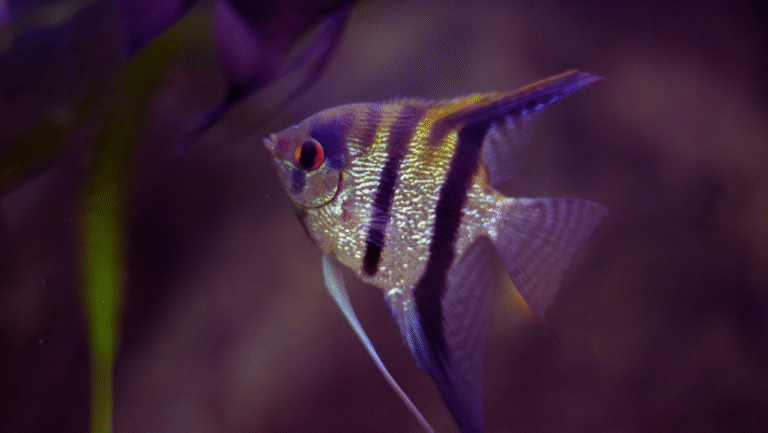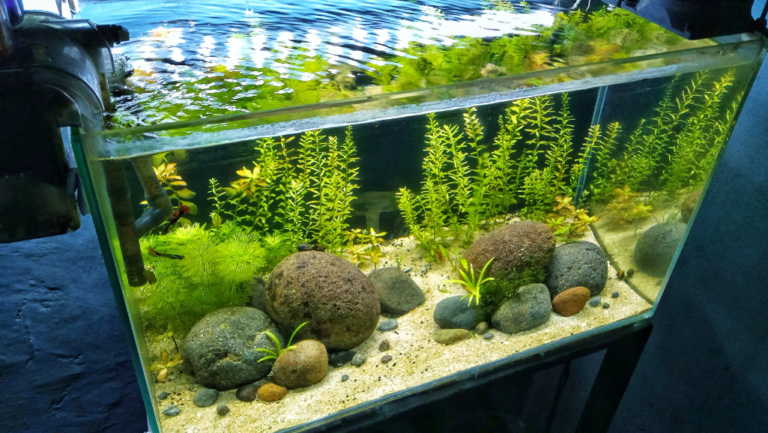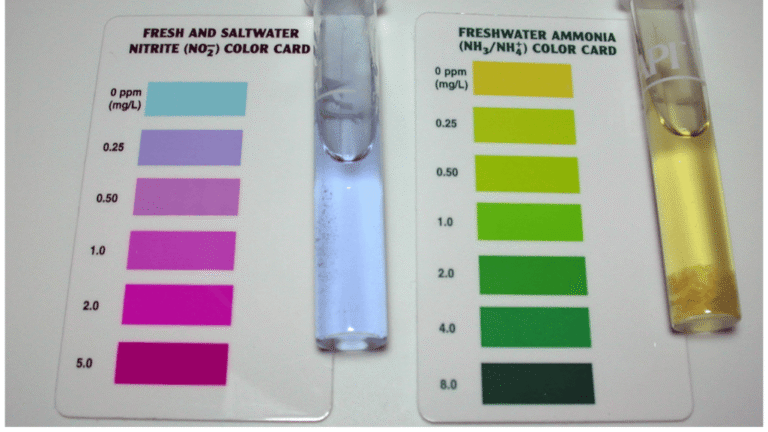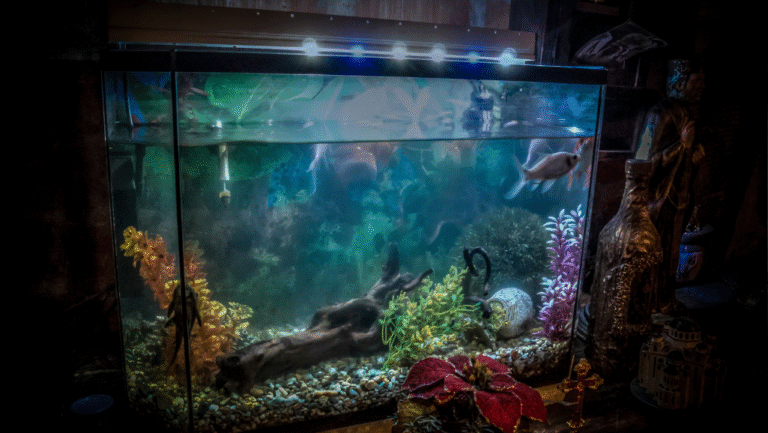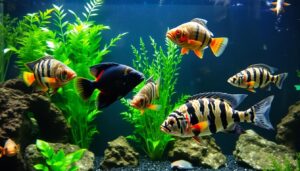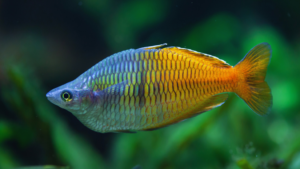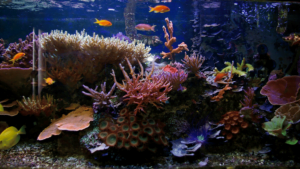Aquatic plants play a vital role in creating a balanced and thriving tank ecosystem. They not only enhance the aesthetic appeal of your aquarium but also contribute to the health of your fish. By producing oxygen and absorbing carbon dioxide, these plants help stabilize water conditions and reduce harmful algae growth.
Maintaining healthy aquatic plants requires attention to four key factors: water quality, lighting, substrate, and nutrients. Proper water parameters, such as pH levels and hardness, are essential. Lighting with a full spectrum around 6500K ensures optimal growth, while nutrient-rich substrates and fertilizers provide the necessary nourishment.
Balancing CO2 levels and fertilization is crucial for vibrant plant growth. Tools like LED lights, soil substrates, and How to Care for Aquarium Plants, such as those from Aqueon, can make a significant difference. Regular maintenance, including pruning and water changes, helps prevent common challenges like algae blooms and nutrient deficiencies.
Key Takeaways
- Aquatic plants improve water quality and provide a natural habitat for fish.
- Proper lighting, substrate, and nutrients are essential for plant health.
- Balancing CO2 and fertilization ensures vibrant growth.
- Regular maintenance prevents algae blooms and nutrient deficiencies.
- Use tools like LED lights and liquid fertilizers for optimal care.
Why Aquarium Plants Need Proper Care
Live plants are the backbone of a balanced and vibrant fish tank. They do more than just beautify your setup; they play a critical role in maintaining water quality and supporting aquatic life. Without proper care, these plants can’t perform their essential functions, leading to an unstable ecosystem.
Benefits of Healthy Aquatic Plants
Healthy live plants offer numerous advantages for your fish tank. During daylight, they produce oxygen and absorb carbon dioxide, stabilizing pH levels. This process, known as photosynthesis, is vital for maintaining a balanced environment.
Plants also act as natural filters. Their roots absorb harmful substances like ammonia from fish waste, reducing toxicity. Additionally, they remove nitrates and phosphates, which are primary contributors to algae growth. For example, Vallisneria has been shown to reduce algae by up to 30% in densely planted tanks.
Another benefit is their ability to provide refuge and spawning sites. Studies show that 78% of tropical fish species rely on plants for protection and reproduction. Species like Java Fern are particularly effective at offering natural fry protection.
How Plants Support Your Fish Ecosystem
Live plants significantly enhance the well-being of your fish. They create a natural habitat that reduces stress, with research indicating a 40% decrease in stress levels among fish with adequate plant cover. This is especially important for species like bettas, which thrive in heavily planted environments.
Plants also contribute to fish health by producing biofilms, a natural food source. Unlike plastic plants, live ones like Anubias support a thriving ecosystem. Moss walls, for instance, serve dual purposes as filtration systems and egg-laying surfaces.
Moreover, plants process waste efficiently. A single Amazon Sword can neutralize the waste produced by five neon tetras. This natural filtration reduces the need for frequent water changes and keeps your tank cleaner.
For more insights on the best plants good for fish tanks, explore our detailed guide.
Essential Water Requirements for Thriving Plants
Water quality directly impacts the growth and vitality of your tank’s greenery. Maintaining the right balance of pH, hardness, and temperature ensures your aquatic plants thrive. Additionally, managing nitrates and phosphates prevents issues like algae overgrowth.
Ideal pH, Hardness, and Temperature
For most aquatic plants, the optimal pH range is 6.5 to 7.8. A pH of 6.8 is ideal for stability and growth. General hardness (GH) should stay between 50 and 100 ppm, while carbonate hardness (KH) should range from 3° to 5° to stabilize pH.
Temperature plays a key role in plant metabolism. Keep your tank between 74°F and 80°F to mimic natural conditions. This range supports healthy growth and prevents stress on your plants.
Managing Nitrates and Phosphates
Nitrates and phosphates are essential nutrients but can become harmful in excess. Aim for nitrate levels of 5-10 ppm and phosphates at 0.5-1.0 ppm. Phosphates should ideally be 10% of nitrate levels to prevent algae blooms.
Plants absorb nitrates produced from fish food and waste. Regular monitoring ensures these levels stay balanced. Using a filter with activated carbon can remove up to 92% of organic tint, keeping water clear.
Water Change Best Practices
Regular water changes are vital for maintaining water quality. Weekly 10% changes or biweekly 25% changes help remove excess nutrients and prevent algae growth. Always use a gravel vacuum to clean the substrate during changes.
For planted tanks, consider using RO water with Freshwater Renewal. This combination boosts plant survival by 40% and ensures optimal nutrient levels. Proper preparation, including pH adjustment, is key to success.
How to Care for Aquarium Plants with the Right Lighting
Proper lighting is essential for vibrant and healthy greenery in your tank. The right setup ensures optimal growth, enhances color, and supports photosynthesis. Without it, even the best greenery will struggle to thrive.
Choosing Full Spectrum Lights
Full spectrum lights mimic natural daylight, promoting healthy plant growth. A range of 6,500K to 8,000K is ideal for enhancing red pigmentation in leaves. LED lights, like the Aqueon OptiBright MAX, are energy-efficient and cover larger tank sizes effectively.
Understanding PAR and PUR Metrics
PAR (Photosynthetically Active Radiation) measures the amount of light usable for photosynthesis. For carpeting plants, aim for 30-50 µmol/m²/s. PUR (Photosynthetically Usable Radiation) focuses on the wavelengths plants absorb most efficiently. Monitoring these metrics ensures your greenery receives the right light for growth.
Setting the Perfect Light Schedule
A consistent light schedule is crucial for plant health. Start with 6-8 hours daily and adjust based on growth and algae control. Dimmable LED lights allow flexibility, while timers automate the process. Avoid exceeding 100 µmol/m²/s to prevent photoinhibition, which can harm your greenery.
Reflective surfaces can optimize light spread, ensuring even coverage in your planted tank. Seasonal adjustments, mimicking tropical habitats, further enhance growth. Brands like Fluval Plant 3.0 and NICREW RGB+W offer advanced features for tailored lighting solutions.
Selecting the Best Substrate for Rooted Plants
The foundation of a thriving planted tank lies in choosing the right substrate. This layer supports roots, provides essential nutrients, and influences water chemistry. The type of substrate you select can make or break the health of your greenery.
Gravel vs. Sand vs. Soil
Gravel is a popular choice for its ease of maintenance and versatility. Its larger particles allow water to flow freely, preventing debris buildup. However, it lacks natural nutrients, so root tabs or liquid fertilizers are often needed.
Sand offers a natural aesthetic and is easy to plant in. Its fine texture can compact over time, which may hinder root growth. Regular vacuuming is essential to keep it clean and prevent anaerobic pockets.
Soil substrates, like ADA Amazonia, are rich in nutrients and ideal for heavy root feeders. They lower pH levels to 6.2-6.8, creating an optimal environment for plants like Cardinal greenery. However, they can soften water and may require a cap layer to prevent cloudiness.
Nutrient-Rich Substrate Options
For robust growth, consider nutrient-rich substrates like Fluval Stratum or laterite clay. These options increase iron availability by up to 300%, promoting vibrant leaves and strong roots. They also support beneficial bacteria, enhancing the overall ecosystem.
When using soil-based substrates, a cap layer of gravel or sand can prevent cloudiness and maintain water clarity. Root tabs are another excellent addition, especially for plants like Amazon Swords that rely heavily on nutrients from the substrate.
For more detailed insights, explore our guide on planted aquarium substrate to make an informed choice.
Nutrients and Fertilization for Optimal Growth
Nutrients are the lifeblood of any thriving aquatic environment. Without them, even the most robust greenery will struggle to survive. Ensuring your tank has the right balance of macro and micronutrients is essential for vibrant growth and a healthy ecosystem.
Essential Macro and Micronutrients
Macronutrients like nitrogen (N), phosphorus (P), and potassium (K) are vital for plant health. Stem plants thrive with an N-P-K ratio of 3-1-2, while crypts prefer 1-3-4. These elements support leaf development, root strength, and overall vitality.
Micronutrients, including iron, magnesium, and manganese, are equally important. Iron chelate, for example, remains stable in pH environments between 6.5 and 7.5, ensuring red plants maintain their vibrant color. Deficiencies often manifest as yellow leaves or holes, signaling the need for adjustments.
“Balanced fertilization is the cornerstone of a lush and healthy tank.”
Liquid vs. Root Tab Fertilizers
Liquid fertilizers, such as Tropica Premium Nutrition, are ideal for fast absorption. A dosage of 1ml per 10 liters daily ensures consistent nutrient availability. These are perfect for tanks with a variety of greenery, including epiphytes like Anubias.
Root tabs, on the other hand, are designed for heavy root feeders. Placing them in a grid pattern every 4-6 inches ensures even nutrient distribution. DIY options like Osmocote tabs can also be effective for budget-conscious hobbyists.
- Identify deficiencies early to prevent long-term damage.
- Automate dosing with pumps for busy schedules.
- Test water regularly to maintain nutrient balance.
By understanding the specific needs of your greenery, you can create a thriving environment that supports both growth and beauty. Proper fertilization is not just a task—it’s a way to nurture your aquatic ecosystem.
CO2 Supplementation: Is It Necessary?
CO2 supplementation is a game-changer for thriving greenery in your setup. While some tanks thrive without it, others benefit significantly from added carbon dioxide. Understanding when and how to use CO2 can make all the difference in your planted aquarium.
In high-tech setups, CO2 levels of 30 ppm can boost growth rates by up to 400%. This is especially beneficial for fast-growing species like Ludwigia and Hygrophila. However, low-tech tanks with hardy plants like Java Moss or HC Cuba often do well without additional CO2.
Low-Tech vs. High-Tech Plant Needs
Low-tech setups focus on simplicity and minimal equipment. These tanks rely on natural CO2 levels, which range from 2-10 ppm. Hardy plants like Java Fern and Anubias thrive in such environments, making them ideal for beginners.
High-tech tanks, on the other hand, require more attention. With CO2 levels of 30-35 ppm, these setups support faster growth and denser foliage. They also demand precise lighting and nutrient management to prevent algae outbreaks.
Pressurized vs. DIY CO2 Systems
Pressurized CO2 systems offer precision and reliability. In-line diffusers achieve up to 95% dissolution efficiency, ensuring optimal CO2 levels. These systems are ideal for larger tanks or advanced hobbyists.
DIY yeast systems are a budget-friendly alternative. They maintain CO2 levels of 15-20 ppm at a cost of $0.50/day. While less precise, they work well for smaller setups or those experimenting with CO2 supplementation.
- Calibrate bubble counters for accurate CO2 measurement.
- Use pH/KH/CO2 tables to monitor water parameters.
- Position drop checkers for consistent CO2 monitoring.
- Maintain regulators to ensure system efficiency.
By understanding your tank’s needs, you can decide whether CO2 supplementation is right for you. Whether you choose a low-tech or high-tech approach, proper CO2 management ensures vibrant growth and a healthy ecosystem.
Conclusion
Creating a thriving underwater environment requires attention to detail and consistency. Make sure to monitor water parameters like pH, temperature, and nutrient levels regularly. This helps maintain a balanced ecosystem for your greenery and aquatic life.
Observation is key to early issue detection. Look for signs of nutrient deficiencies, such as yellowing leaves, and address them promptly. Gradual upgrades, like improving lighting before adding CO2 systems, can significantly enhance growth without overwhelming your setup.
Healthy greenery not only beautifies your space but also reduces maintenance costs over time. For example, well-maintained systems often require fewer water changes, saving both time and resources. Explore resources like aquarium care guides for more tips.
Finally, quarantine new additions with potassium permanganate to prevent pests. Share your water parameter logs with the community for feedback and inspiration. Transform your tank into a stunning aquascape with patience and the right tools.


